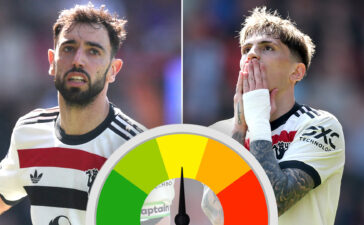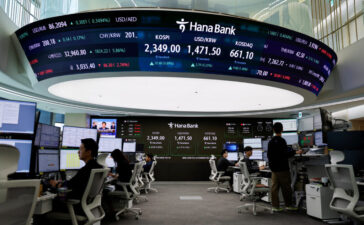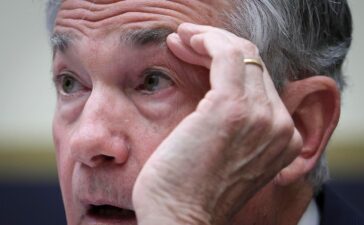NEW YORK–The U.S. dollar dropped against major currencies on Thursday, as investors took a step back and assessed President Donald Trump’s latest tariff plans, while the yen rose to 11-week peaks versus the greenback as bets increased for further rate hikes by the Bank of Japan (BOJ).
U.S. data showing initial jobless claims, which were in line with expectations, and a report indicating factory output growth slowed in the mid-Atlantic region in February had minimal impact on the currency market. The reports have not changed expectations that the Federal Reserve will remain on hold for several months.
Tariffs, however, remained a major focus for currency investors even though their impact has weakened for now.
Trump said on Wednesday he will announce fresh tariffs over the next month or sooner, adding lumber and forest products to previously announced plans to impose duties on imported cars, semiconductors and pharmaceuticals.
“The market has reached tariff-fatigue where it’s just not reacting…as it did right after the election in November, December and even in January,” said Paresh Upadhyaya, director of fixed income and currency strategy, at Amundi U.S. in Boston.
“It’s now operating using the government shutdown playbook, where everyone thinks they have seen this dog-and-pony show before and expects the same thing. There is the threat of tariffs, leading to negotiations and a reprieve and some form of resolution.”
In afternoon trading, the euro rose 0.7% against the dollar to $1.0499 , rising after three straight days of losses, while the greenback slid 0.7% versus the Swiss franc to 0.8979 franc.
The dollar earlier slipped after data showed initial claims for state unemployment benefits rose 5,000 to a seasonally adjusted 219,000 for the week ended February 15. Economists polled by Reuters had forecast 215,000 claims for that week.
Also marginally weighing on the dollar was a separate report indicating the Philadelphia Fed’s monthly manufacturing index tumbled by 26.2 points – the most in nearly five years – to 18.1 in February from 44.3 in January.
“The U.S. economic momentum is slowing…and not providing a supportive backdrop to the dollar,” said Boris Kovacevic, global macro strategist at payments firm Convera in Vienna. “The Fed’s hawkish monetary policy…can only do so much to help the greenback and the pause is already fully priced in.”
The yen, meanwhile, rose to an 11-week peak of 149.40 per dollar. The U.S. currency last traded down 1.1% at 149.77 yen, driven mostly by safe-haven buying amid worries about Trump’s tariffs and rising expectations of more BOJ hikes this year.
The euro also dropped against the yen to a more than one-week low, last down 0.5% at 157.21 yen.
BOJ Governor Kazuo Ueda said on Thursday he met Prime Minister Shigeru Ishiba for a regular exchange of views on the economy and financial markets, suggesting that the government has no objections to hiking rates and normalizing policy.
“We have been early and patient with the bullish call on the yen and are sticking with it – the currency should be far closer to 120 or 130 yen,” wrote David Rosenberg, founder and president of research firm Rosenberg Research.
Markets are also monitoring geopolitical developments after Trump and Ukrainian President Volodymyr Zelenskiy traded barbs on Wednesday, with the U.S. president calling the latter “a dictator.”
Zelenskiy on Thursday, however, took a more constructive tone, saying Ukraine is ready to work quickly and tirelessly to produce a strong and useful agreement on investments and security with the United States. He said on social media site X that he had a “good discussion” with Keith Kellogg, the U.S. envoy for Ukraine and Russia.
The euro, the most sensitive currency to Russia-Ukraine news, hit session highs against the dollar after the Zelenskiy headlines.
Investors also weighed Trump’s comments saying “it’s possible” for the United States and China to have a new trade deal. He expects Chinese President Xi Jinping to visit the U.S., without saying when.
The Australian and New Zealand dollars, whose countries have huge exposure to Chinese trade, gained on the China headlines.
The Aussie dollar last traded up 0.9% at US$0.6401, also reacting to a mixed jobs report showing employment outpaced forecasts for a second successive month in January, yet the unemployment rate still ticked higher.
The New Zealand dollar also posted sharp gains, rising 1% to US$0.5764.
Sterling was also up, gaining 0.6% against the dollar to $1.2664.

















